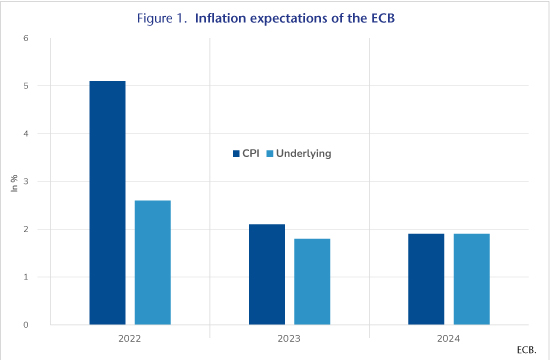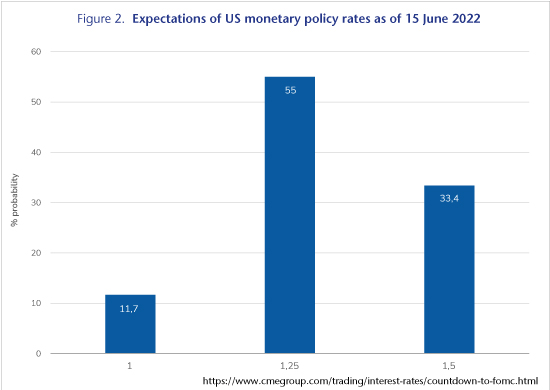Our planet, our health, our priority!
By Éloi Laurent
“Are we able to reimagine a world where economies are focused on health and well-being?” With these words, the WHO issued a call to governments and citizens around the world on World Health Day, 7 April 2022, which marks the 74th anniversary of its founding and the coming into force of its Constitution.
The theme of the WHO anniversary is “our planet, our health”, and it comes only a few weeks after the publication of three important articles that help to grasp the relevance and scope of this theme.
The first two articles demonstrate the progress in our knowledge about the emergence of SARS-CoV-2, the origin of the Covid-19 pandemic. The authors state that, first, it is ”very likely” that the pandemic is the result of a zoonosis (i.e. transmission from animals to humans), as was the case with SARS-CoV-1 in 2002/2003, and that, second, it was at the Wuhan live animal market that this transmission first took place. This is a major breakthrough in a scientific debate that has been fiercely contested for the past two years and where all hypotheses have been seriously considered.
The third article looks at the consequences of the Covid-19 pandemic and measures the magnitude of the health shock it has caused. The authors estimate the excess mortality due to the global pandemic in 191 countries and territories from 1 January 2020 to 31 December 2021. They conclude that there is a discrepancy of one to three between their estimates and the official figures: taking into account errors and mistakes in the Covid death toll, the number of deaths worldwide over this period was not 5,940,000, but rather 18,200,000 (a global excess mortality on the order of 16%).
For some countries, such as India, the gap is truly considerable: from 489,000 official deaths to an estimated 4,070,000. For France, the gap is still significant: from 122,000 to 155,000, i.e. a difference equivalent to the number of official deaths during the first wave in spring 2020. Yet this global estimate is based on the figure of 17,900 Chinese deaths (almost four times more than officially announced), which is simply impossible to believe.
It is clear therefore that human health is “inextricably linked” to the health of ecosystems and biodiversity, which implies, as the WHO rightly points out, that the health-environment nexus must become the backbone of an economy of well-being calibrated for the 21st century.
This backbone must be based on a “One Health” approach. In November 2020, a panel of high-level experts in this field (with Serge Morand being the only French member) was charged with consolidating and institutionalising this approach under the aegis of the World Organisation for Animal Health (OIE), the Food and Agriculture Organisation of the United Nations (FAO), the United Nations Environment Programme (UNEP) and the WHO. Human health, animal health, plant health and environmental health, these experts tell us, are complementary and interdependent.
The climate challenge similarly highlights the intersection of health and environmental issues. The second installment of the IPCC Sixth Assessment Report, which deals with the impacts, adaptations and vulnerabilities associated with climate change, runs to 3,676 pages and contains no fewer than 4,853 occurrences of the word “health”.
Given all this, the WHO might want to update its own definition of health, which dates from 1948: “Health is a state of complete physical, mental and social well-being and not merely the absence of disease or infirmity”. To update this definition, we may wish to define “full health” as “a continuous state of well-being: physical and psychological, individual and social, human and ecological”. The important thing about this definition is to emphasise the holistic nature of the approach, the continuity of health, which links mental health to physiological health, individual health to collective health and human health to planetary health. Full health is therefore health based on interfaces, synergies and solidarities.
If the WHO member states were to adopt this redefinition of health, this would, for example, encourage health issues in France to be studied systematically from an environmental perspective, which is far from being the case today, as can be seen from examining the profusion of reports and proposals on the future of the French health system, and more broadly on health insurance and its financing. The common point in all these is to ignore the ecological issue almost completely. Yet if there is a “Great Social Security System” to be invented, it is social-ecological security.
The Covid-19 pandemic has shown how health is a collective matter that is blurred and distorted by calls for “individual responsibility”, but the collectivity that we must take note of and become partners in goes far beyond the human race alone.

